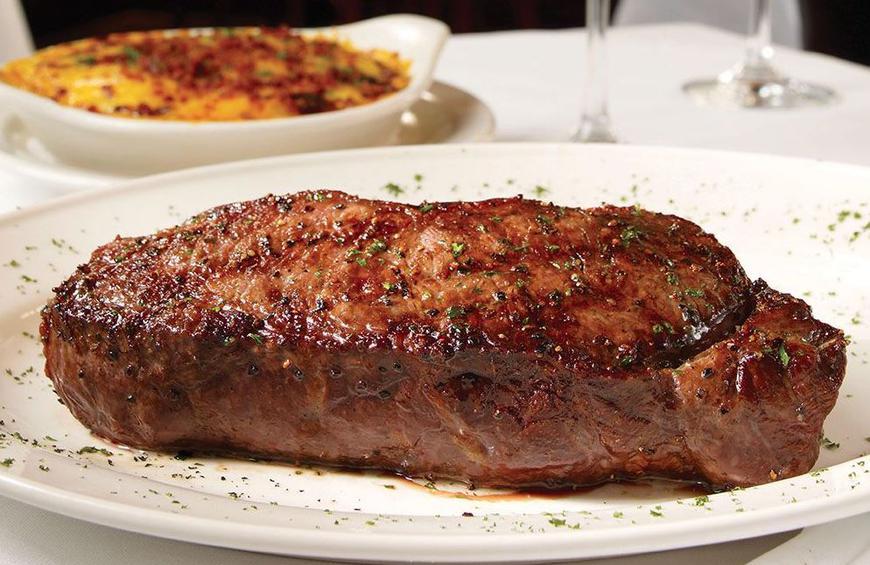
There are many ways that bread can be stored, each with its own benefits. Some can keep bread for only a few weeks, while others can last several months. This article will explain how to preserve bread for as long as possible. If you have a large batch of bread, be sure to store it in an airtight container. Another option is to place the bread in a bag made of paper or linen. Bread can be kept in an airtight container for up to seven days.
In an airtight environment
Bread can be stored in many different ways, but the best is to store it air-tight. It is best to keep the container away form the kitchen's warmest area. Room temperature and out of direct sunlight are the best conditions for storing bread. If space is limited, a breadbox may be the best option. Alternatively, use a plastic bin lined with paper.
In a moist environment
If you're looking for ways to keep bread fresh longer, you may be wondering how to store it. The best solution is to avoid moist environments, which can cause mold. While moisture can cause bread to go mouldy, it is not the main problem. Avoid putting bread next to appliances that generate heat. This could cause bread to heat up. It doesn't matter what temperature you use, bread should never be left on the counter more than one week.

In a bag made of paper
When purchasing artisan bread, you will notice that it usually comes in a brown paper bag. These bags are intended to be eaten within 24 hours. If you're going to keep your bread for a few days, however, you should avoid doing so. After a few days, breads that aren't enriched with sugar or fat will lose their flavor. After that, they will begin to lose their flavor and become hard and dry. Sandwich breads are usually packaged in plastic.
In a linen pouch
You can extend the shelf life of your homemade bread by placing it in a linen bag. These bags can be easily packed into a shopping bag and hanged on the countertop. They can also be washed. If necessary, you can wash them in the washing machine a few times. This way, you can always keep your bread fresh. If you do not feel comfortable with using linen bags, brown paper bags can be used. These bags can be composted and recycled. A linen bread bag is great for soft breads such English muffins and rolls. If you are going to store your bread inside a linen bag it is advisable to freeze it.
In a breadbox
Bread boxes are a stylish and modern way to store bread. These boxes are made out of corrosion-resistant materials. They have a flat bottom for easy bread carving. You will appreciate its sleek, modern design as well as the large volume. Mirror finish makes it easy to clean. These boxes also have a flat bottom to allow for airflow and ventilation.

In a freezer
Frozing bread can be used to prolong its shelf life, whether you prefer it whole or cut. Although it might not taste as fresh when it is frozen, it's better than leaving the loaf on the counter. You can prevent bread from drying out by wrapping it tightly in plastic wrap. You can then defrost it at a later date and still enjoy it.
FAQ
How can you get motivated to cook well?
Sharing food with friends and family is a great way to have fun cooking. Cooking for your own family is much easier than making meals for others. You can be inspired to cook if you try something new. This will allow you to discover new recipes and techniques. Also, you can use recipes from different cultures to expand your culinary knowledge.
What are the requirements to become a chef?
You must hold a bachelor's in culinary arts to be a chef. In addition, you need to pass a series of tests administered by the ACF. Once you've completed these requirements, you'll receive a certificate verifying your qualifications.
What does it take to become a chef in the United States? What is the average career path in this field?
Five years is required to become a professional chef. You will be able to learn basic cooking techniques as well as gain practical experience working in a kitchen. After your training is complete, you will be eligible to apply for a job as a sous chef, executive chef, or line cook. A chef can earn between $25,000 and $60,000 annually.
How to become a chef
There are many options for becoming a chef. To start, you can take a course at your local community college. Consider attending culinary school. A paid internship is another option.
Statistics
- You'll be amazed that over 90% of CIA students receive scholarships and grants to finish their culinary studies. (ischoolconnect.com)
- under 10 Kids have been taught that there is special food just for them, and Fiese says that 10 percent of kids will throw a tantrum if they don't get the food they want. (washingtonpost.com)
- The median pay for a chef or head cook is $53,380 per year or $25.66/hour, according to the U.S. Bureau of Labor Statistics (BLS). (learnhowtobecome.org)
External Links
How To
How to make an omelet that is perfect
Omelets are a favorite breakfast food of mine. But how do you create them perfectly? I have tried many different recipes and methods, but none of them work. I have some tips and tricks to help you make delicious, fluffy omelets every single morning.
Before we start making omelets, let's remember that eggs are temperamental. You must get them fresh, organically, and keep them cold until you cook. You must keep them cool enough to allow the whites to form properly and the yolks to become too runny if they're not kept at the right temperature. This will make your omelets appear strangely colored. If you intend to cook your eggs immediately, it's best to use room-temperature egg.
Another tip is to separate the egg before adding it to the pan. It is important not to allow any white to mix with the yolk as this could lead to the omelet becoming curdled.
The bottom part of an egg that is added directly to the stovetop might be burned, which could cause a ruined texture in your omelet. Instead, heat the egg in a microwave for 10 seconds and then place it in a pan. The microwave heat will cook the egg just right without making it too hot.
Next, let’s talk about mixing the egg. When you mix eggs together, you want to beat them well. To do this, take the bowl from the mixer and flip it upside-down. Next, shake the bowl vigorously. This way, the air inside the bowl gets whipped around and mixes the egg thoroughly.
Now comes the fun part: adding the milk to your mixture. First, pour half of the milk into the beaten eggs and then fold the eggs gently into the remaining milk. Don't worry if there are still streaks of egg visible; these streaks will disappear once you flip the omelet.
After folding the eggs, place the pan on medium heat and wait for the oil to start sizzling. Once the oil begins to heat, add 1/4 cup butter and swirl the pan to coat it. Now carefully crack open the lid of the pan and sprinkle salt into the pan. Salt will prevent the omelet sticking to the pan.
Once the omelet forms, cover the pan again. Let the top side set completely. Use a spatula to flip the omelet or turn the pan upside-down. Cook the other half for another minute. Take the omelet out of the pan and immediately serve.
This recipe works best when you use whole milk.